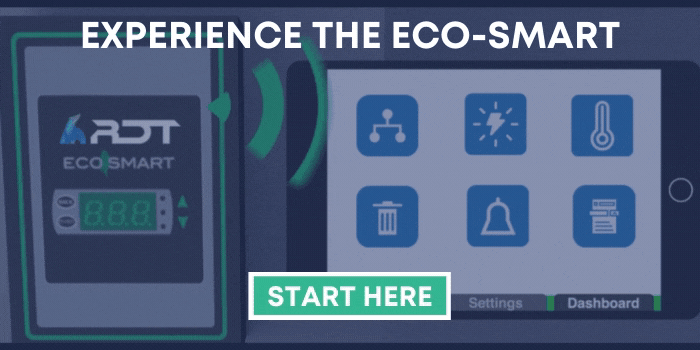
Convenience stores have become a destination for millions of consumers seeking fast food and a one-stop shopping experience. This revenue stream has grown significantly in recent years and is only expected to grow more as electric vehicles require patrons to spend more time on site than those who are filling their cars with gasoline. Here's what c-store operators need to know about the changing landscape of foodservice within this important segment.
Increased Competition of C-Store Foodservice
Fifty percent of customers believe convenience stores provide fresh, quality foods and beverages like traditional fast food restaurants. Half of foodservice consumers purchase fast food at convenience stores because it's perceived as equally healthy to QSR foods and is more easily accessible. In many cases, traditional QSRs and fast food chains are opening inside c-stores themselves, providing the ultimate in convenience for consumers.
One-stop shopping is also a substantial perk that convenience stores provide shoppers. Today, drivers can fuel up while shopping for toothpaste and pet food, then order burgers, pizza, and french fries for dinner, all in one location.
Repeat customer visits are a convenience store trademark, so bulk product purchases create vast profit margins. Convenience store margins also allow foodservice operators to offer frequent deals promoting in-store purchases. Drive-thrus, like those implemented by convenience retailer Kwik Trip, offer speed and convenience, further enhancing the customer experience. And loyalty cards provide everything from cents off per gallon on fuel fill-ups to discounts on food and drinks purchased inside the store.
Adapting Convenience Store Offerings for Modern Consumers
There are key trends in the convenience store industry that foodservice operators can stay on top of to remain relevant with modern QSR customers, including the growth of retail networks, such as mobile apps, in c-store foodservice.
Even with the advancement of technology in convenience stores, customers spend more in-person time on location. For example, electric vehicles take longer to charge, giving customers time to hang out, eat and drink, create videos on their smartphones, and more.
Convenience stores are establishing more modern and inviting shopping and eating experiences with new seating areas prevalent outside and inside establishments. With all of these changes taking place, it’s crucial to place a priority on initiatives like:
Expanded Food Offerings
Offer a broader range of fresh and prepared foods. Include grab-and-go salads, sandwiches, wraps, and hot meals. Provide variety and healthy options to bring in new revenue.
Enhanced Freshness and Quality
Invest in better sourcing, storage, and preparation solutions to ensure inventory stays fresh for extended periods. Customers are savvy and know when products are cared for, especially food.
Focus on Food Safety and Hygiene
Stay competitive by implementing strict food handling protocols, enhanced cleaning measures, and contactless delivery to ensure customer safety and build trust.
Chilling with a Purpose: Smart Cold Solutions for C-Stores
Eco-Smart is ideal for the evolving world of c-store foodservice. By prioritizing energy savings, Eco-Smart not only minimizes operational costs but also aligns seamlessly with the efficient functioning of convenience stores.
From optimizing defrost cycles to conserving energy while maintaining optimal temperature levels, Eco-Smart contributes to improved product integrity and reduced spoilage risks. With the system's ability to send alarm notifications via text or email, store managers are promptly informed of any anomalies, enabling quick response times. The remote monitoring and system control features further enhance operational convenience, allowing for real-time adjustments and issue resolution.
Whether for new installations or upgrading existing systems, Eco-Smart emerges as a comprehensive solution, enhancing the efficacy of service calls and bolstering the overall operational prowess of convenience stores.




